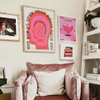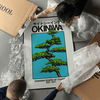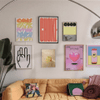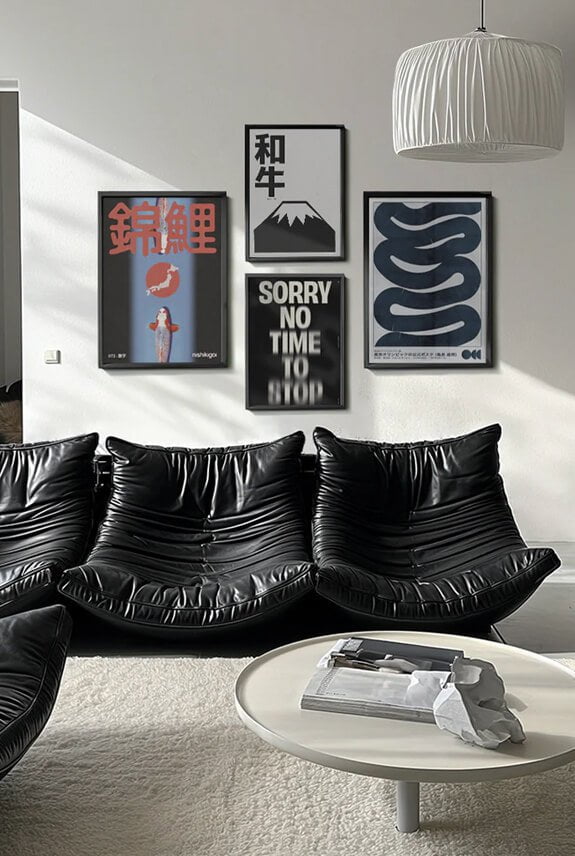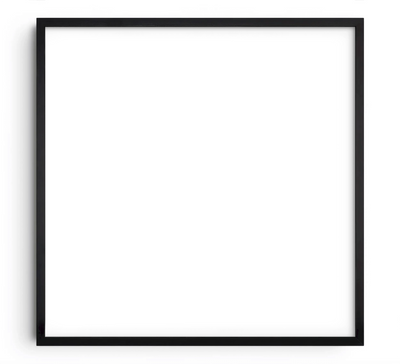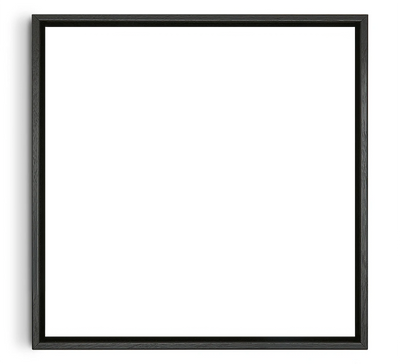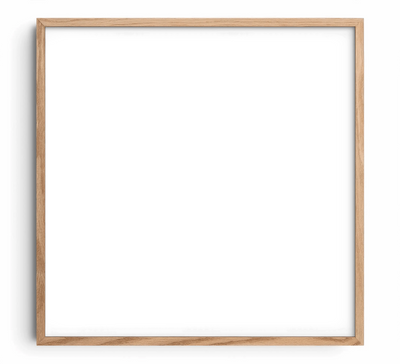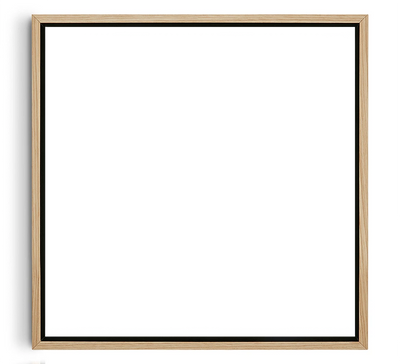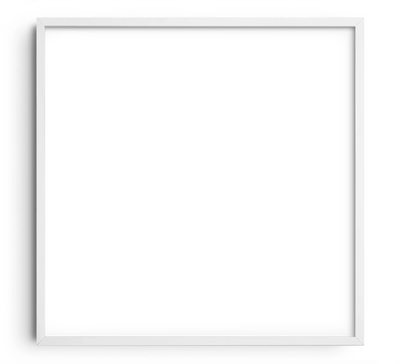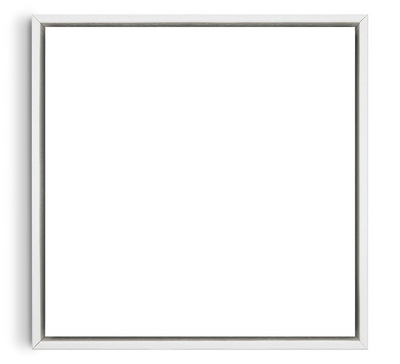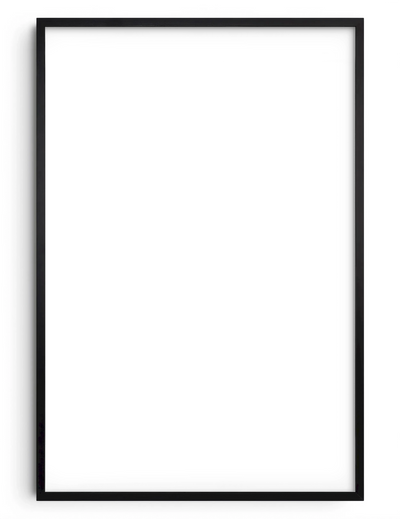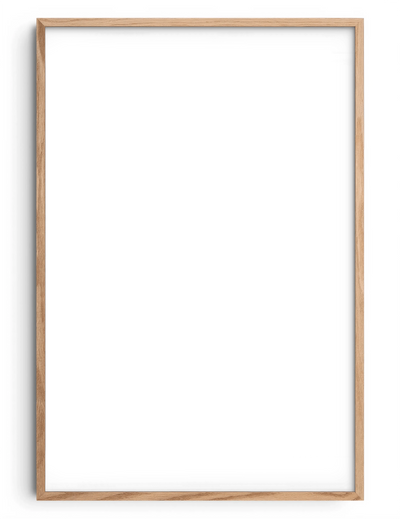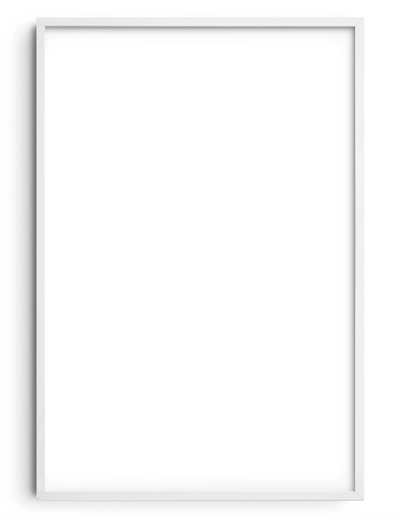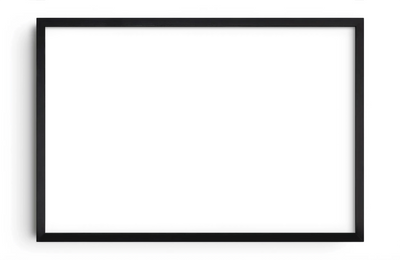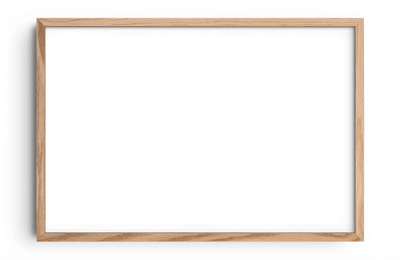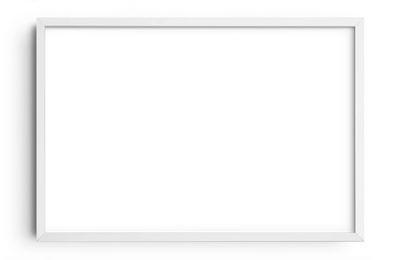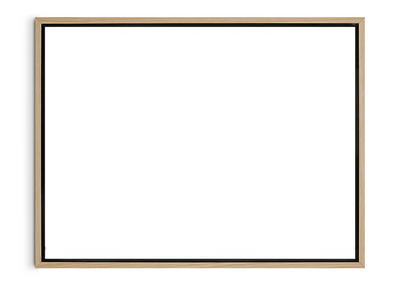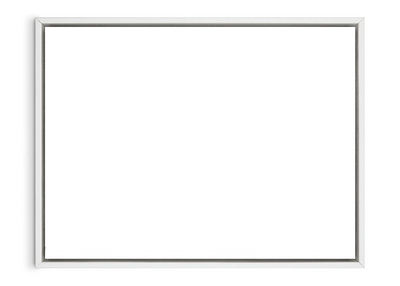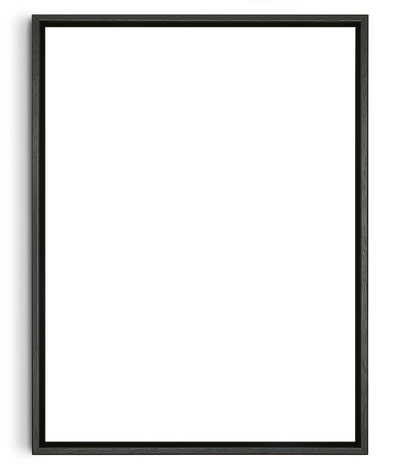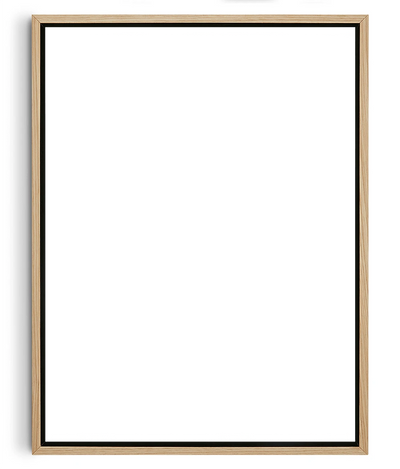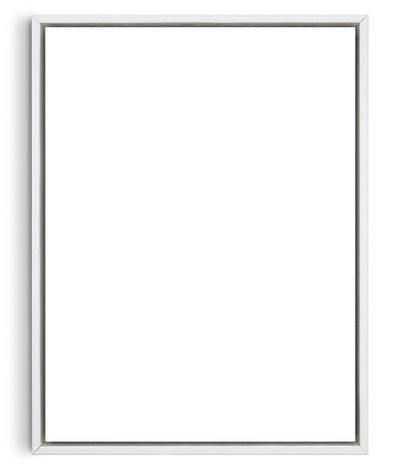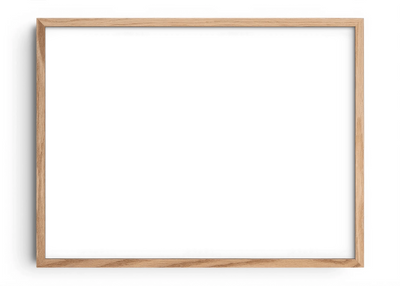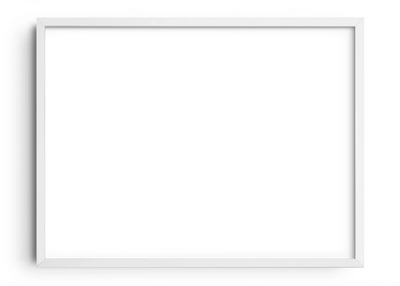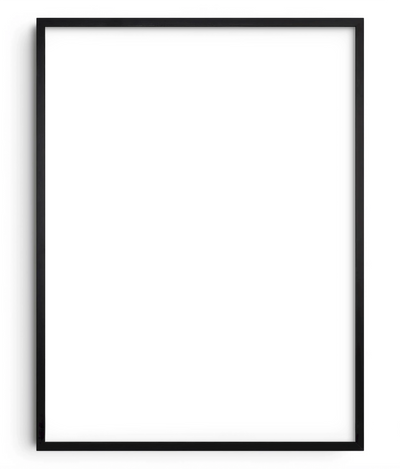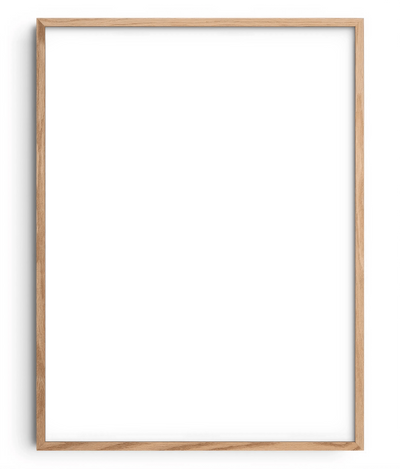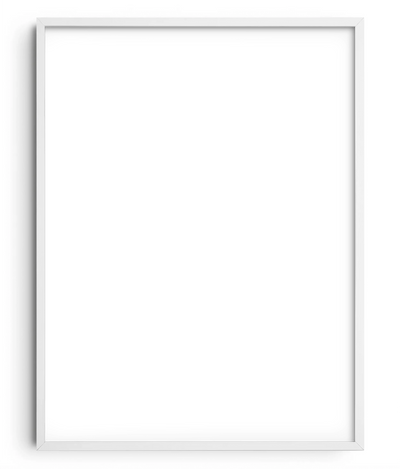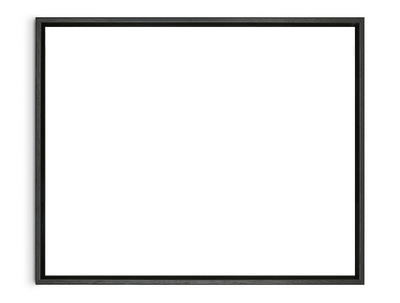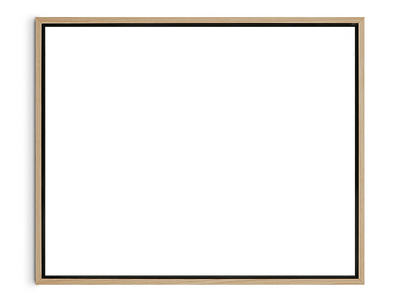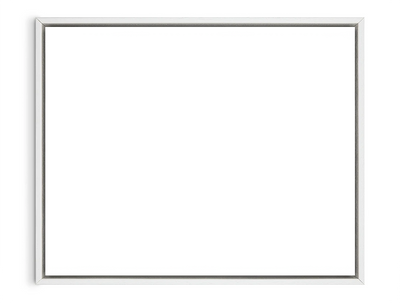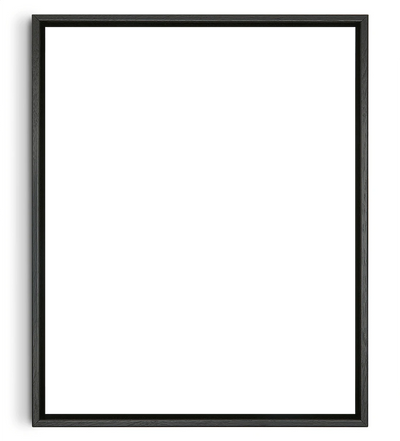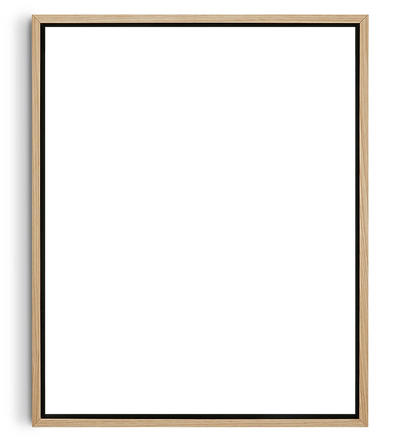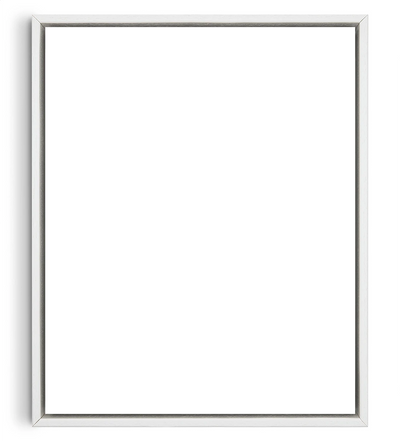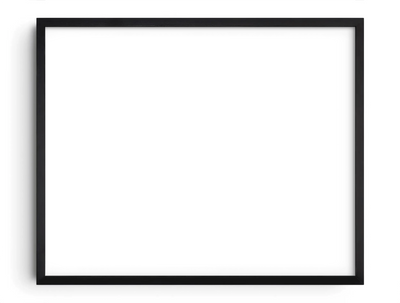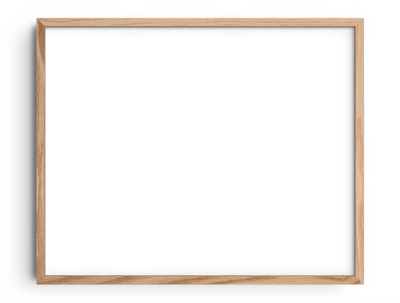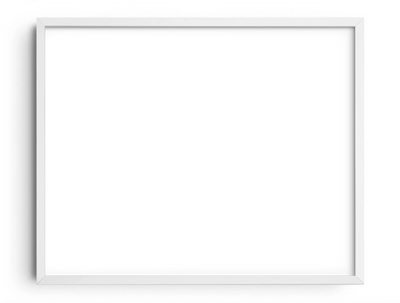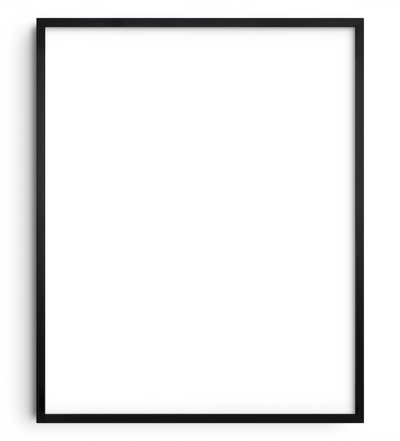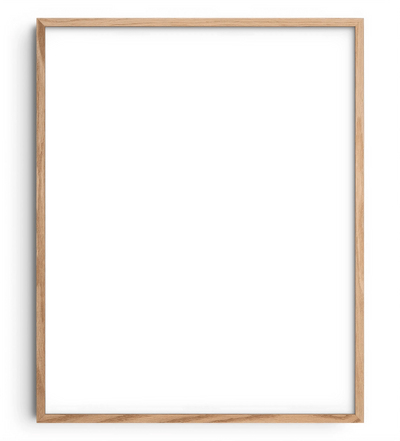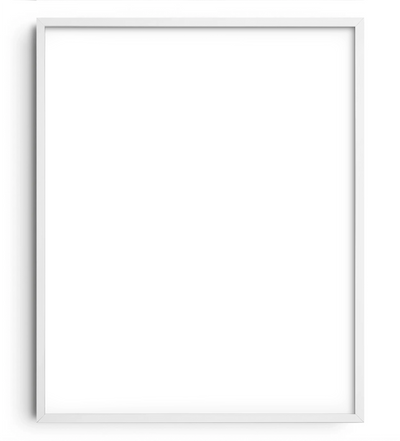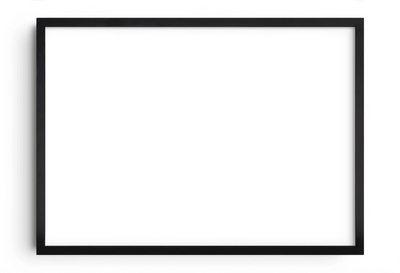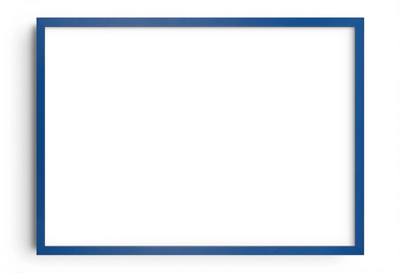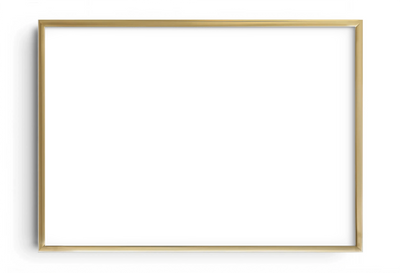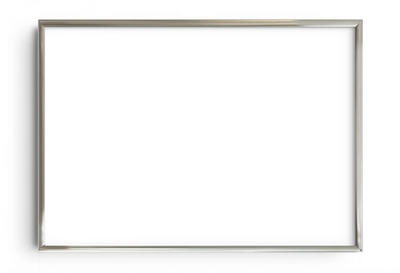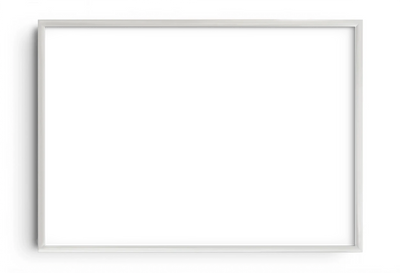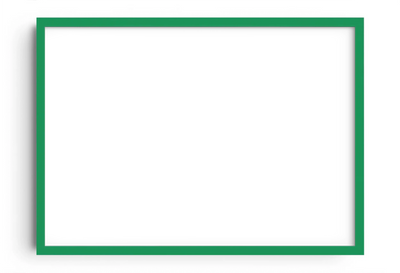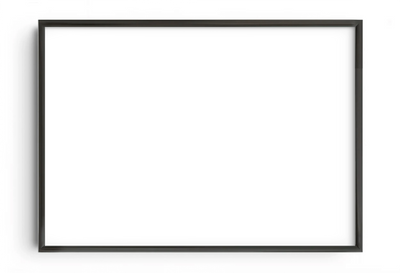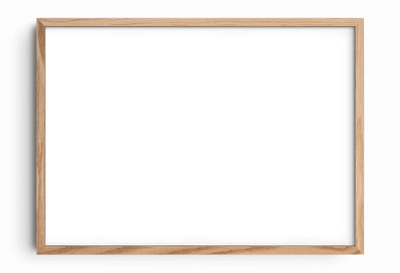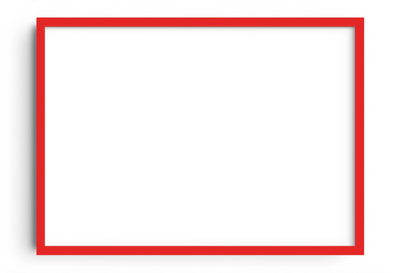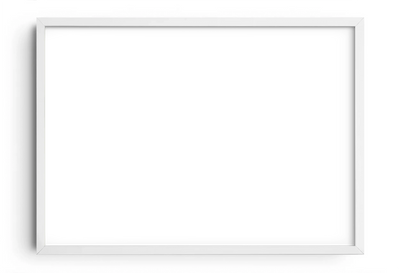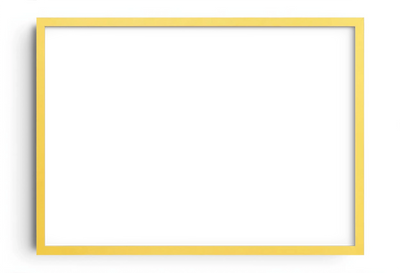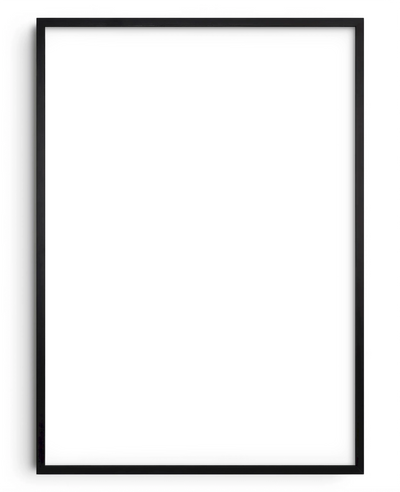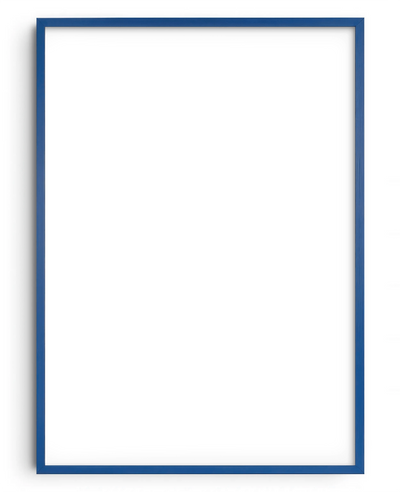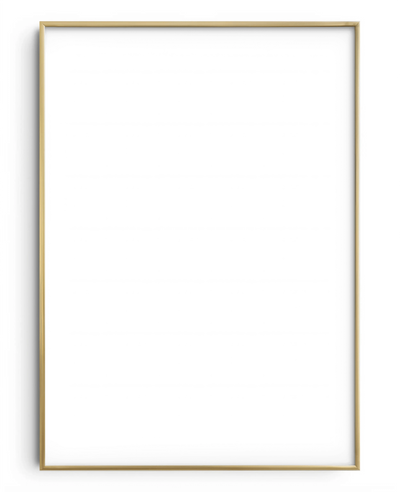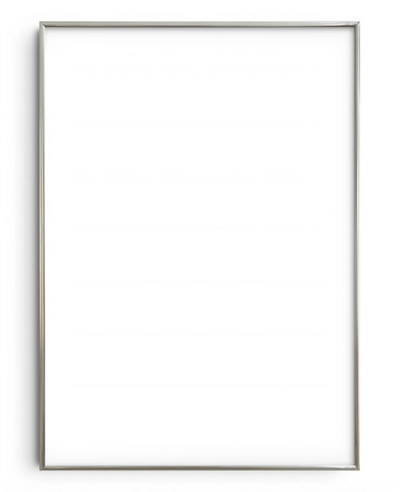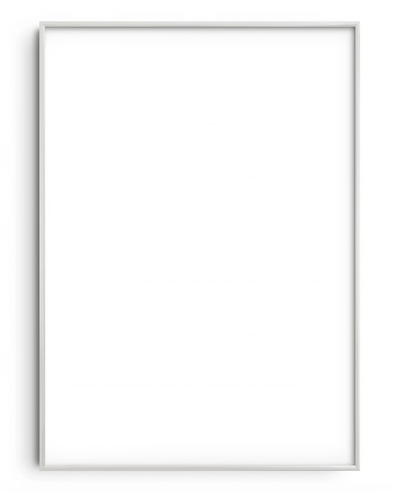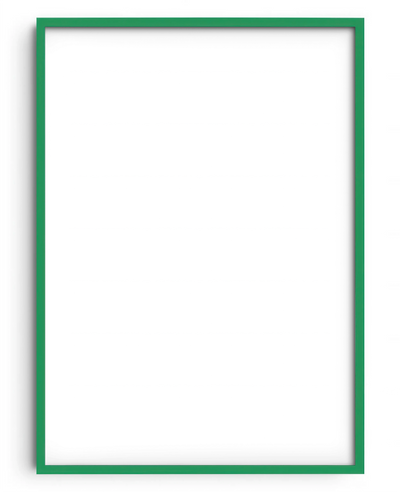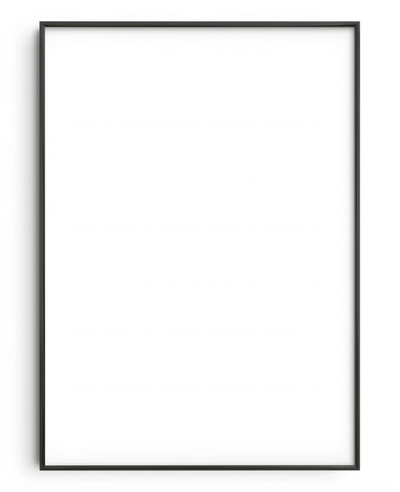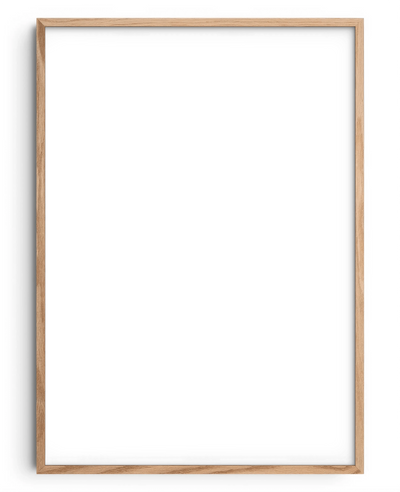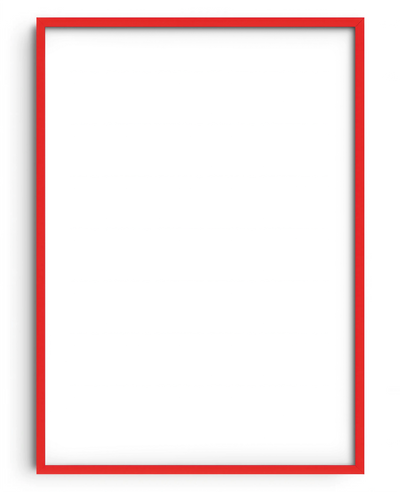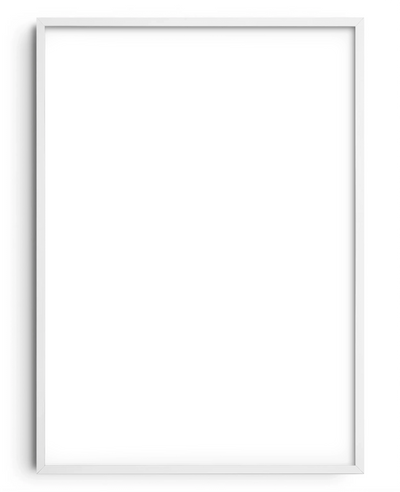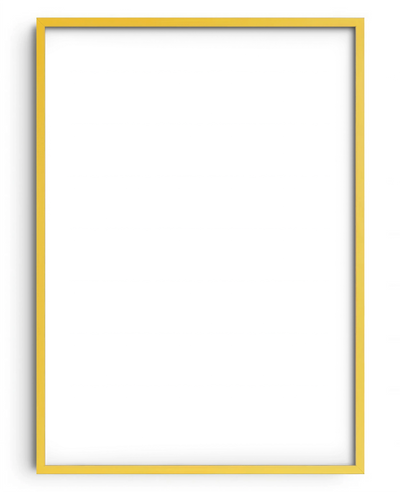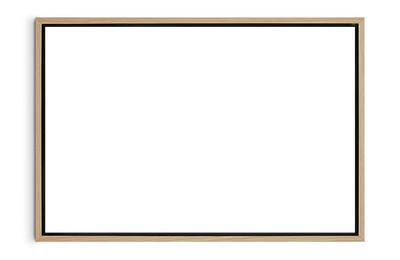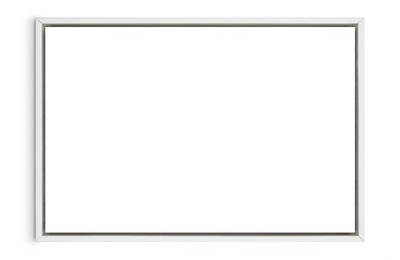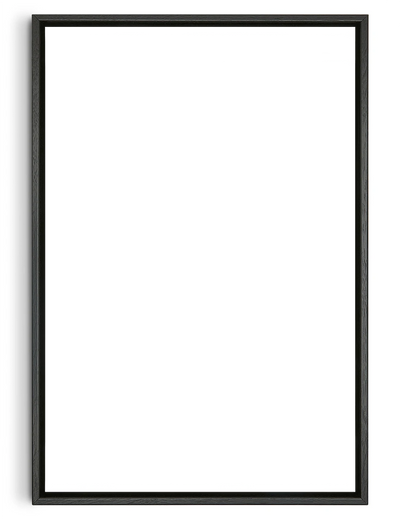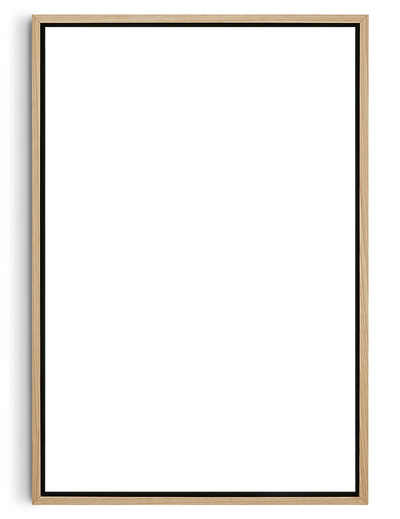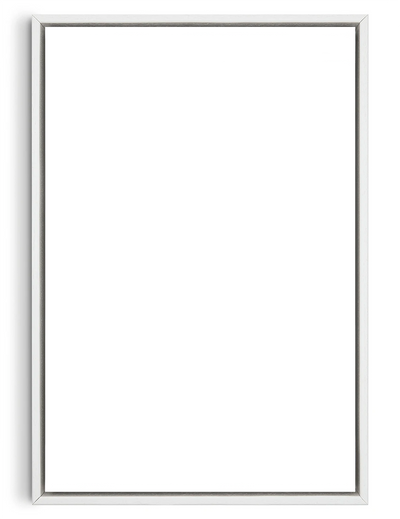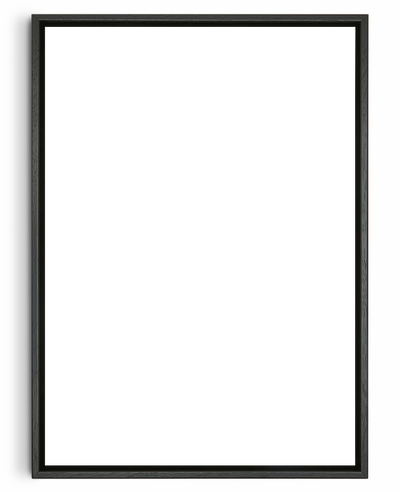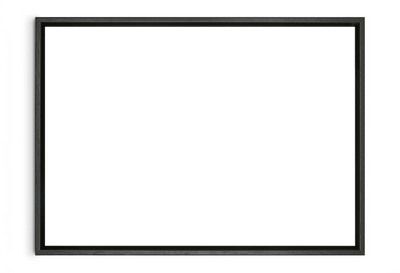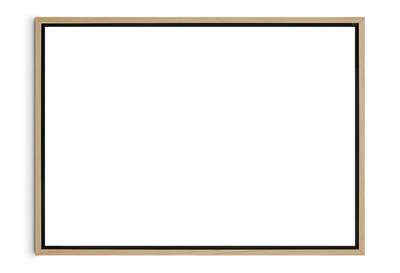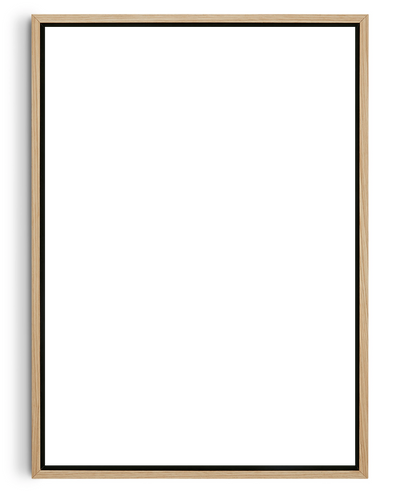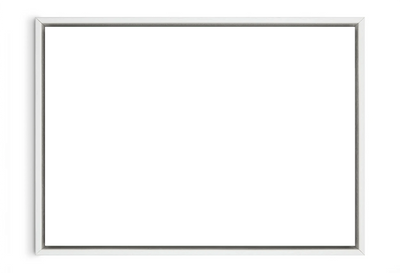No matter if it’s the first or fiftieth artwork you’re turning into a print, deciding on the price can be hard. Set it too low could mean you miss out on money and setting it too high could lead to no or very few sales, so here are some tips to help
Our suggestions are based on research and the value we've seen art prints go for over the years. Some people may have different perspectives or experiences, so you most importantly want to set a price you're happy with
What to consider
Intricacy
Every component involved in producing the work has a bearing on perceived value, which includes the time, effort and thought that has gone into the concept, as well as crafting the artwork itself. This means this point is a bit subjective from the buyer's perspective
Size of the artwork
The bigger the print the more people are generally willing to pay. Remember though, the bigger the print the higher the production cost, so we advise you to raise the price accordingly
Paper type
You want to carefully consider what paper you choose, as our papers fluctuate greatly in price and you want to ensure you factor the production costs into the retail price you set. Our branded Hahnemühle fine art paper for example, costs on average 30% more than our Smooth Art Paper
Our suggestion - unless your a fully established artist and the artwork is of very high value, our unbranded Smooth Art Paper provides amazing quality and outstanding value. Which will allow you to offer great affordability to customers, whilst maximising your financial return
Tip: View our global price sheet HERE to view the production/print costs of each paper. These should be treated as estimated costs, as they can fluctuate up and down slightly. This is due to the fact they are based on international exchange rates, what price paper stock is purchased for and where the print is being delivered to. As we are constantly looking at ways to lower our costs, without a compromise on quality
Limited edition?
Limited edition means limited availability. Scarcity tends to equal value, particularly for works that are in demand. The number of prints in an edition also matters. For example, an edition of 20 will be more valuable than a limited edition of 100. You can set edition numbers with us, plus you can opt for our DROOL+ service which includes the added customer benefits of a certificate of authenticity, complete with artwork details and a holographic and matching serial number. These added details all increase the value and warrant a higher retail price
Investment
Statistics show the majority of people who buy art prints online don't do it for investment purposes. The majority of people buy for more authentic reasons, like how it looks in their home, to support a particular artist or if the artwork reminds them of a particular time or event in their life. But that's not to say there aren't investment buyers purchasing online, so it all depends on your objectives
Suggested pricing
Print prices can often be categorised based on how established an artist is. If you or one of your artworks become widely known, the demand for your artwork will very likely go up
| Art print size | Early career - emerging | Mid career | Established |
|---|---|---|---|
| A4 | £35 | £70 | £200+ |
| A4 – A3 | £50 | £120 | £350+ |
| A3 – A2 | £75 | £200 | £500+ |
| A2 – A1 | £110 | £250 | £800+ |






















